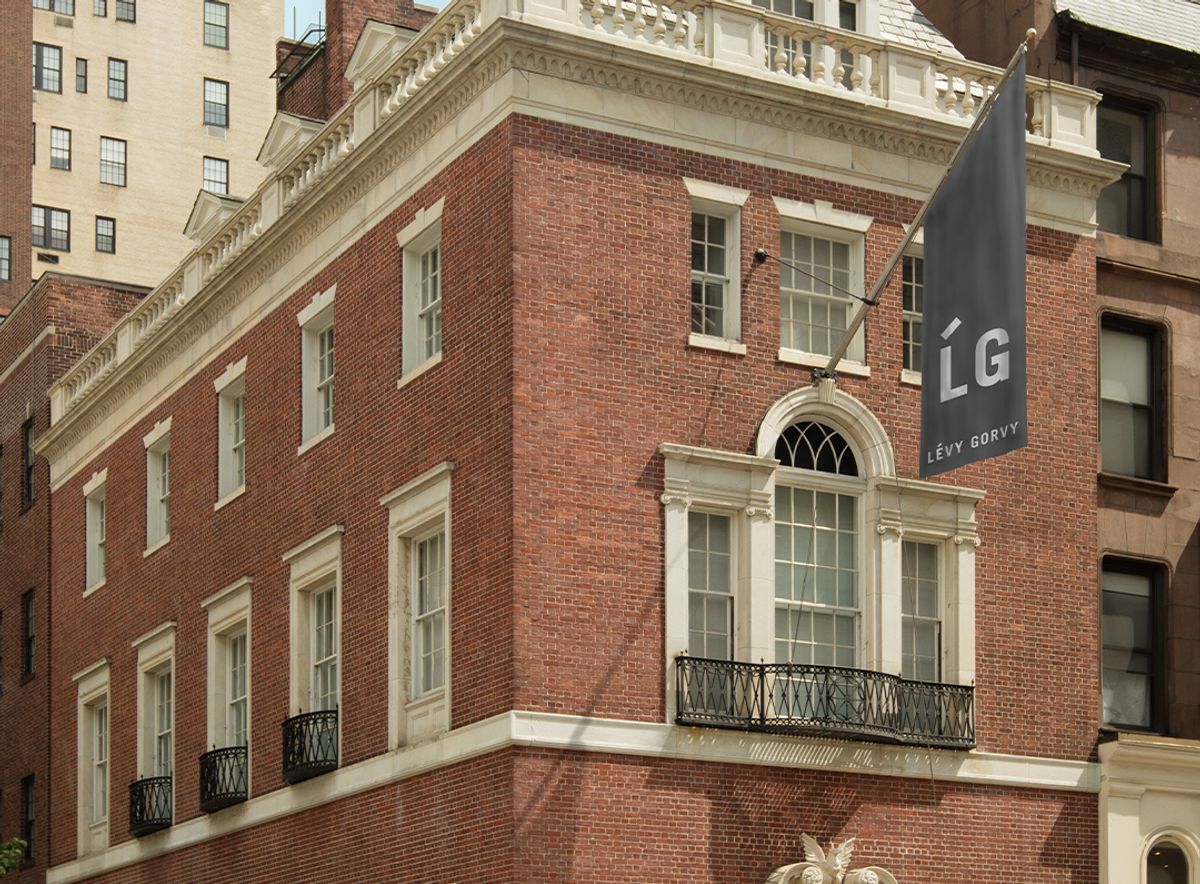The prominent art dealers Dominique Lévy, Brett Gorvy, Amalia Dayan and Jeanne Greenberg Rohatyn have thrown their lot together to form a rather unique, though somewhat obscure, blue-chip firm with the goal of keeping a finger in every pie the art world has to offer.
First reported by the New York Times, the new firm, called LGDR, launches in January and will focus on organising exhibitions, brokering sales to auction houses as well as collectors and advising those collectors on who and what to buy. While the firm says it will still work with living artists and estates, it plans “to move away from the exclusive representation of artists,” according to the NYT, suggesting they may not focus on developing new talent which could get poached by larger galleries. Many long-time artists the dealers have worked with were unaware of the merger until it was announced last night, according to sources, and Artnet reports that the firm will represent fewer artists than their combined rosters would suggest, although it is unclear how many artists will need to find new galleries.
The NYT also reports that the group has decided to abandon “costly American art fairs — such as Art Basel Miami or Frieze New York” and focus solely on fairs in Asia, which is “an important gateway to a wider array of young collectors”. At the same time, LGDR intends to take on the role of an advisory while also “launching exhibitions of various artists with the casual quickness of pop-up galleries”.
The implication is the group, all of whom are well-known, well-respected with well-funded operations of their own, are uniting their strengths to compete in the territory currently inhabited by mega-galleries like Hauser & Wirth, Pace and Gagosian, as well as the collector outreach auction houses have been making. But it also raises many questions about the market's future.
The Covid-19 pandemic smudged the traditional boundaries that kept the art world running as smoothly as a Berlin train station. Auction houses and art fairs are no longer bound to a strict calendar, and the line between the primary and secondary market is becoming thinner than a watercolour wash as auction houses sell work directly to private collectors and scoop up talent like from art fairs (such as Sotheby’s naming Noah Horowitz, formerly Art Basel’s director of Americas, their new worldwide head of gallery and private dealer services). Meanwhile, Manhattan galleries are more than ever seeking out wealthy collectors where they sleep with temporary pop-ups in vacation hubs/quarantine escapes like Aspen, Palm Beach and the Hamptons.
Perhaps the push to grow, pivot and find sustained survival in the commercial word today means the end of the traditional gallery as we know it, and the birth of a completely new model. If that is the case, the egg may hatch on New York’s Upper East Side, where Greenberg Rohatyn in 2019 chose to consolidate her gallery space in 2019 and where LGDR will be based next year. Lévy Gorvy will give up its brick-and-mortar home on Madison Avenue, but the firm will keep offices in Hong Kong, London, and Paris.


